One sided varigation
Stush2049 Pitts. PA, zone 6
12 years ago
Related Stories
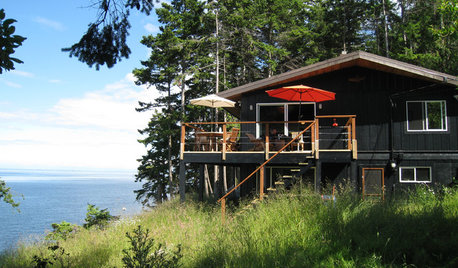
REMODELING GUIDESLove the One You're With: Honoring a Home's Original Charm
Before you jump into teardown mode, consider these 3 examples of homes whose quirkiness is a draw
Full Story
TRIMShutter Cutouts: A Window to One's Soul?
To settle on the perfect shape for this simple detail, follow your heart — or diamond, or maple leaf
Full Story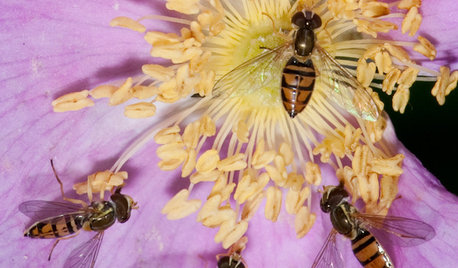
GARDENING GUIDESThis Fly Is One of the Most Beneficial Insects Around
Meet the syrphid fly, a colorful pollinator that also beats chemicals for controlling aphids and other garden pests
Full Story
DIY PROJECTSNeat Little Project: Build an All-in-One Storage Seat
This wonderful wooden piece boasts a wide array of uses — whether you brag about making it is entirely up to you
Full Story
FARM YOUR YARDHouzz Call: Show Us Your One-of-a-Kind Chicken Coops
Do you have a fun or stylish backyard shelter for your feathered friends? Post your pictures and stories in the Comments!
Full Story
ENTRYWAYSNo Entryway? Create the Illusion of One
Create the feeling of an entry hall even when your door opens straight into the living room. Here are 12 tricks to try
Full Story
BATHROOM VANITIESShould You Have One Sink or Two in Your Primary Bathroom?
An architect discusses the pros and cons of double vs. solo sinks and offers advice for both
Full Story
KITCHEN DESIGNKitchen Recipes: Secret Ingredients of 5 One-of-a-Kind Cooking Spaces
Learn what went into these cooks’ kitchens — and what comes out of them
Full Story
REMODELING GUIDESOne Guy Found a $175,000 Comic in His Wall. What Has Your Home Hidden?
Have you found a treasure, large or small, when remodeling your house? We want to see it!
Full Story
HOLIDAYSThe Tale of the Holiday Table: One Family's Joyous Discovery
TV-dinner trays one year, garage dining another. Find out what made mishmash holiday dinners for this couple special anyway
Full Story





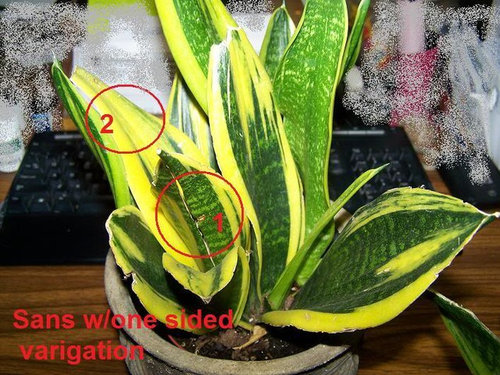
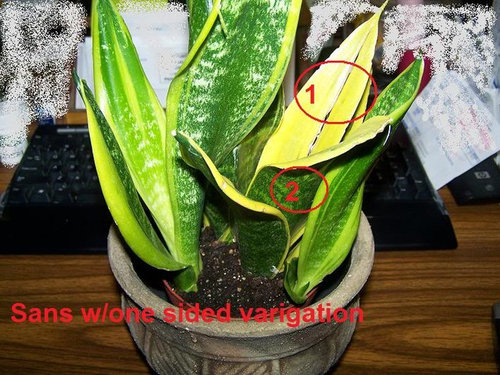
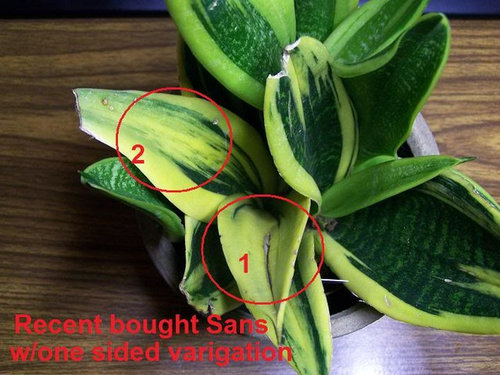
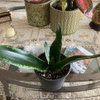

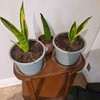
cactusmcharris, interior BC Z4/5
marlonmachado
Related Professionals
Danbury Landscape Architects & Landscape Designers · Folsom Landscape Architects & Landscape Designers · Mountain Brook Landscape Architects & Landscape Designers · Lakeland Landscape Contractors · Wakefield Landscape Contractors · Ellicott City Landscape Contractors · Goodlettsville Landscape Contractors · Hilton Head Island Landscape Contractors · La Mirada Landscape Contractors · Mahwah Landscape Contractors · Methuen Landscape Contractors · North Canton Landscape Contractors · Glen Burnie Window Contractors · Springfield Window Contractors · Vashon Window Contractorscactusmcharris, interior BC Z4/5
marlonmachado
Stush2049 Pitts. PA, zone 6Original Author
elichka
marlonmachado
RainforestGuy
Stush2049 Pitts. PA, zone 6Original Author